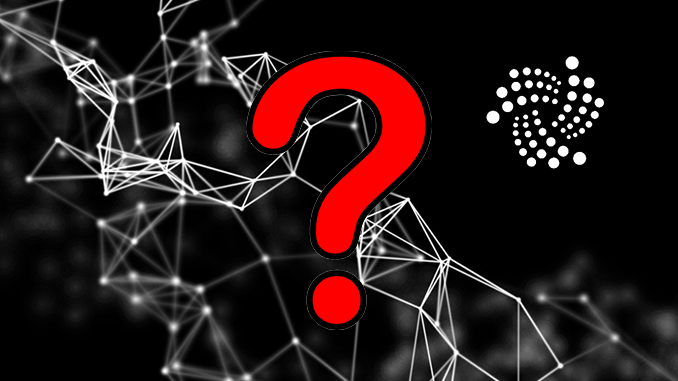
IOTA has wanted to master the switch to a decentralized network for years under the slogan Coordicide. However, the latest proposal for the implementation of an IOTA 2.0 also meets with harsh criticism in terms of content.
IOTA and the Shimmer side project (SMR), launched in September, suffer from the fact that they will still be based on a network in 2022, where a central coordinator is the final authority for confirming transactions. This contradiction with the principle of decentralization, which is fundamental to blockchains, keeps some investors, developers and investors from looking more closely at IOTA. However, since 2018, the IOTA Foundation has been promising to solve the problem of the lack of decentralization and to abolish the central coordinator in an IOTA 2.0 under the slogan Coordicide. Now the foundation reports via Twitter that the latest methodological proposal for IOTA 2.0 has been scientifically evaluated and found to be good. Optimists are already commenting on this as a breakthrough and see a decentralized IOTA and Shimmer within reach for 2023.
But once again, the high-profile IOTA critic “Buffy” promptly speaks out via Twitter and picks the thesis apart. Specifically, “Buffy” refers to the approach to consensus building in IOTA, i.e. the mechanism that is supposed to organize the confirmation of transactions and fend off attacks in the decentralized Tanglenet. Problems with the development work on the consensus mechanism had already led IOTA to revisit the issue in 2021, and the coordicide had to be postponed indefinitely. “Buffy” now points out significant differences between the plan submitted in writing and statements made by IOTA developer Hans Moog.
For example, the scientifically peer-reviewed concept for the consensus mechanism in IOTA 2.0 would assume that network points (nodes) are always operated at maximum capacity and that their total number is known in order to calculate their influence from these indicators. However, according to “Buffy,” Hans Moog does admit in chats that it is impossible to know the total number of nodes in a decentralized network and that their voting weight is constantly changing when transactions are validated. “Buffy” concludes that the plan now presented for the consensus mechanism for IOTA 2.0 is also based on false premises. Moog, on the other hand, had gloated this March that the path toward coordicide was more or less clear, also explicitly citing the consensus mechanism as a solved challenge.
Conclusion: Decentralized IOTA 2.0 remains a vague promise
Anyone who has followed IOTA’s developments over the years is well aware that Coordicide was repeatedly announced as “coming soon”, but then only further delays were communicated. With Shimmer, IOTA’s ecosystem now has a network where the Coordicide should be tested under real-world conditions before being injected into IOTA’s mainnet. But the criticisms of “Buffy” suggest that the plan would be fraught with great risks, and a decentralized IOTA 2.0 continues not to work even in theory. The aforementioned Hans Moog has not yet responded to the criticism, and the head of the IOTA Foundation Dominik Schiener prefers to avoid the topic of decentralization anyway. It seems as if the Coordicide continues to be an insurmountable hurdle for IOTA 2.0 as a kind of “final opponent”.

Leave a Reply